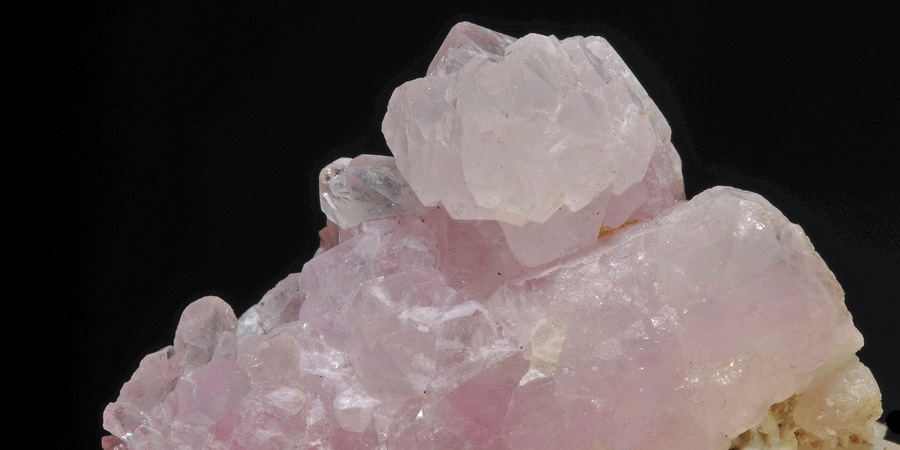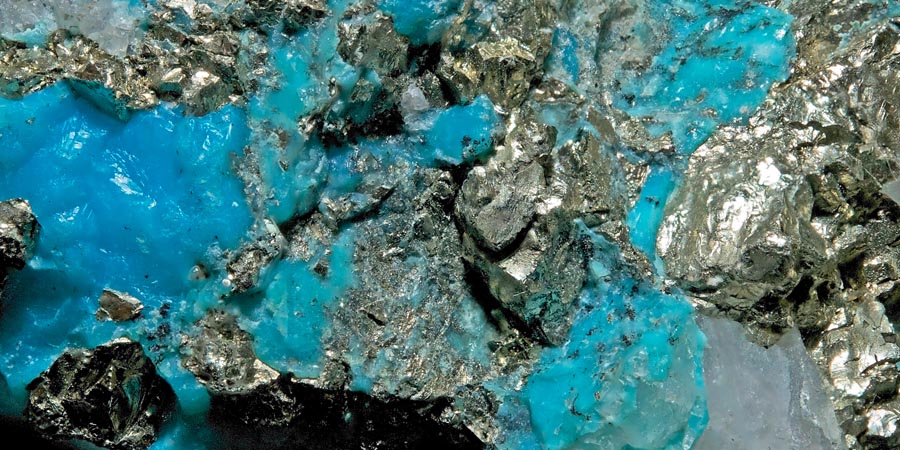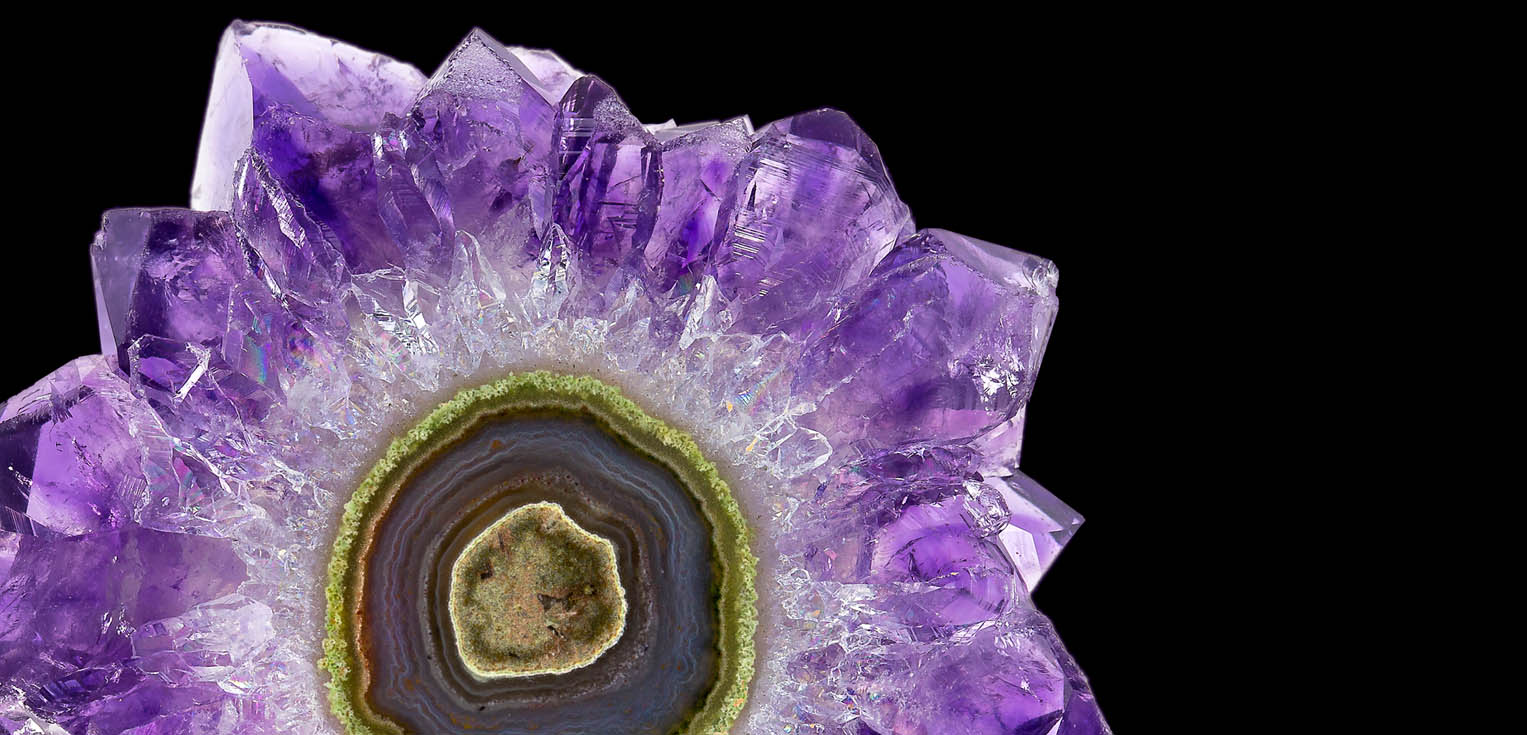Gemstones are some of the most sought after jewellery stones. Loved for their bright and eye-catching colours, these beautiful stones can be found in all kinds of modern and antique jewellery, adding splashes of colour to any outfit choice and catching the eye as the light passes over them just so.
However, for all their beauty, the formation of gemstones is something most people don’t know much about. We’d go so far as to argue that understanding how gemstones are formed adds a whole new dimension to their beauty and rareness, helping people appreciate them more than ever.
If you’re curious about the gemstones in your jewellery pieces and where they might have originated from, this article is for you.
Let’s get started.
What are Gemstones and Where are They Found?
Before we dive into the article, let’s quickly discuss what gemstones are and where they are found.
Gemstones are mineral crystals which form below the surface of the Earth. In fact, because of where and how they form they can sometimes show traces of other minerals.
Most gemstones contain physical traces of minerals. These might be in the form of tiny crystals that became caught within the stone as it grew or they might be internal fractures to the stone’s structure that only partially healed. These mineral traces are called inclusions.
Fun Fact: Inclusions are an effective way to prove (under a microscope) whether a gemstone is natural or synthetic.
4 Ways Gemstones Form
Gemstones are essentially rocks. We know that doesn’t sound very pretty or appealing, but they are. These rocks join together, or bond, to form crystalline structures depending on the conditions within the Earth.
For gemstones to form, the environment has to be just right. Most gemstones are formed in the Earth’s top layer, otherwise known as the crust. When they are formed in the Earth’s crust, gemstones can be dug out of the earth through a process called gemstone mining.
Let’s take a look at what’s going on underneath our feet, deep in the Earth. Here are 4 ways that rocks are formed into gemstones:
Igneous
The most valuable rocks and gemstones form under intense heat and pressure. The Igneous process is when gemstones are formed as a result of magma solidifying.
Essentially, when magma rises, through volcanic pipes under the ground, to the surface of the Earth, it solidifies into its lava form. As it cools, it crystallises to form minerals. With an increase in pressure, this fluid is able to get into nearby rocks, creating chemical changes that form gemstones including:
- All types of Quartz
- Chrysoberyl
- Beryl (emeralds, morganites, and aquamarines)
- Garnet
- Moonstone
- Diamond
- Tanzanite
- Apatite
- Spinel
- Topaz
- Tourmaline
- Zircon

Hydrothermal
The process of hydrothermal gemstone formation occurs when water rich in minerals is forced up into the cracks within the Earth’s crust while, at the same time, boiling hot magma rises through the crevices in the Earth.
When the mineral-rich water meets with the hot magma, the resulting mixture percolates at extremely high temperatures. Finally, as the mixture cools it starts to crystallise, forming beautiful and unique gemstones such as:
Metamorphic
Metamorphic gemstone formation involves intense heat and pressure that causes rocks to transform into new rocks. It is a process usually instigated by moving and/or colliding tectonic plates.
As a result of all the movement within the Earth’s surface, it is common for metamorphic gemstone formation to occur at the same time as hydrothermal activities which can further the gemstone creation process by circulating mineral-rich water through rocks and dissolving existing minerals to deposit them in other cavities.
Examples of metamorphic gemstones include:

Sedimentary
Sedimentary gemstones are the type of gemstone closest to your feet. Even though they are, technically, still very deep underground, sedimentary gemstones are formed when water rich in minerals settles into cracks within the Earth’s surface.
The minerals within the water sit under pressure for a long time and the length they sit for and the amount of pressure they sit under ultimately determine the type of gemstone that forms from it.
Here are some examples of sedimentary gemstones:
- Turquoise
- Opal
- Azurite
- Malachite
The Crystallisation of Minerals
Gemstones occur as a result of the crystallisation of minerals. But how exactly do minerals crystallise? Well, you can actually see the process for yourself by re-creating the crystallisation environment in your kitchen.
Method: Simply heat 3 cups of water and add 1 cup of sugar. Stir until the sugar has completely dissolved. Add a second cup of sugar and continue stirring until the sugar melts.
Once both cups of sugar have completely dissolved, pour the contents into a jar and place a wooden stick into it, making sure the stick is tall enough to protrude out of the jar. As the mixture cools, crystals will appear on the stick. The slower your mixture cools, the larger these crystals will be. And for extra fun you could add food colouring!
This is a great illustration that perfectly highlights what is going on inside the Earth when minerals crystallise. Of course, in order to form from crystals into gemstones, there must be the addition of considerable pressure and heat and this must be maintained over a long period of time for the gemstones to form. Unfortunately, you can’t form gemstones in your kitchen. However, gemstones can be man-made under the right conditions.
Man Made Gemstones
Today, geologists and gemologists can recreate the natural conditions needed to create gemstones. They do so within industrial labs, using modern technology. Man–made gemstones do not have any imperfections such as inclusions, and do not hold anything like the value of naturally occurring gemstones.
In Summary
Gemstones are a beautiful result of changes happening with the Earth. They are mined and extracted to be included in stunning jewellery pieces for all to admire.
We hope this article has helped you pause and think about how long it takes to form a gemstone. When we take a moment to consider how many natural occurrences need to happen within the Earth for gemstones to form, we are amazed. It truly is a feat of nature and a wonderful thing to remember when you next wear your gemstone jewellery pieces.
Image source:
By Sheila Sund from Salem, United States: Amethyst
By Parent Géry – Own work Quartz
By Parent Géry – Own work Turquoise





